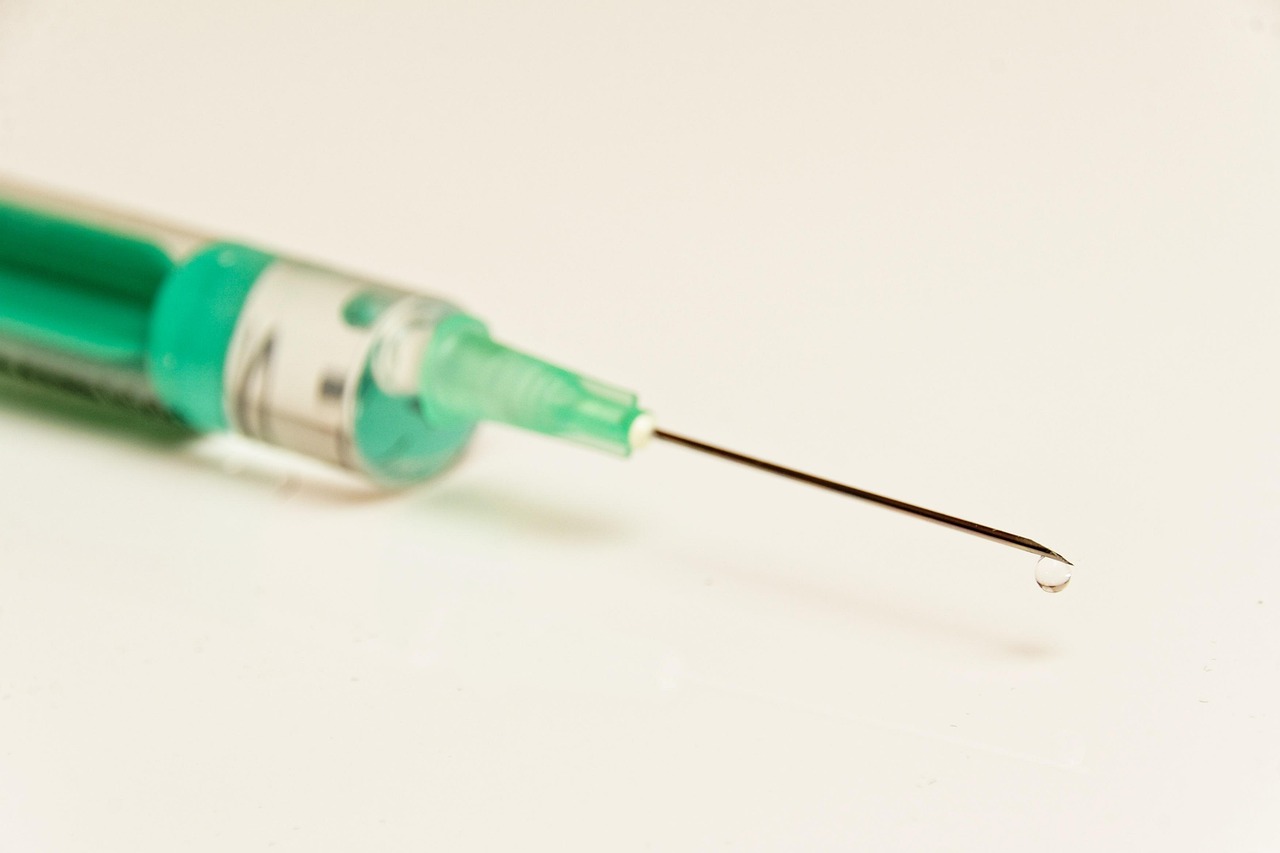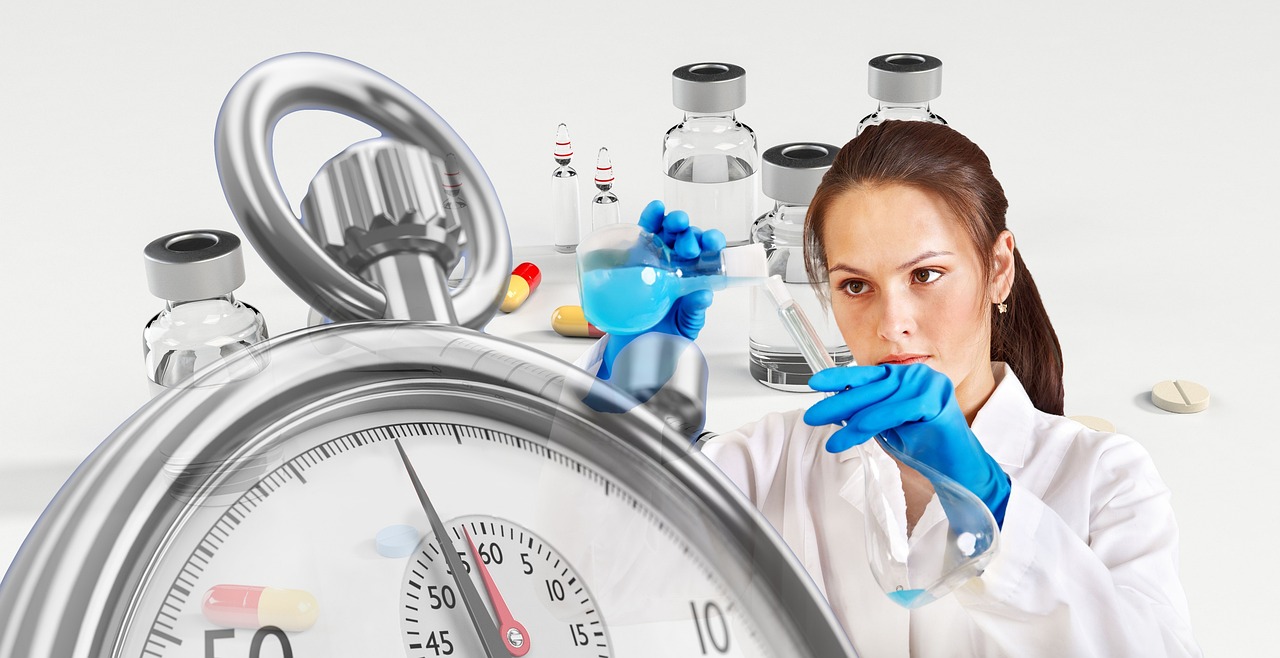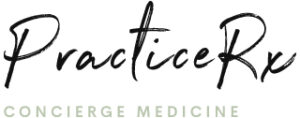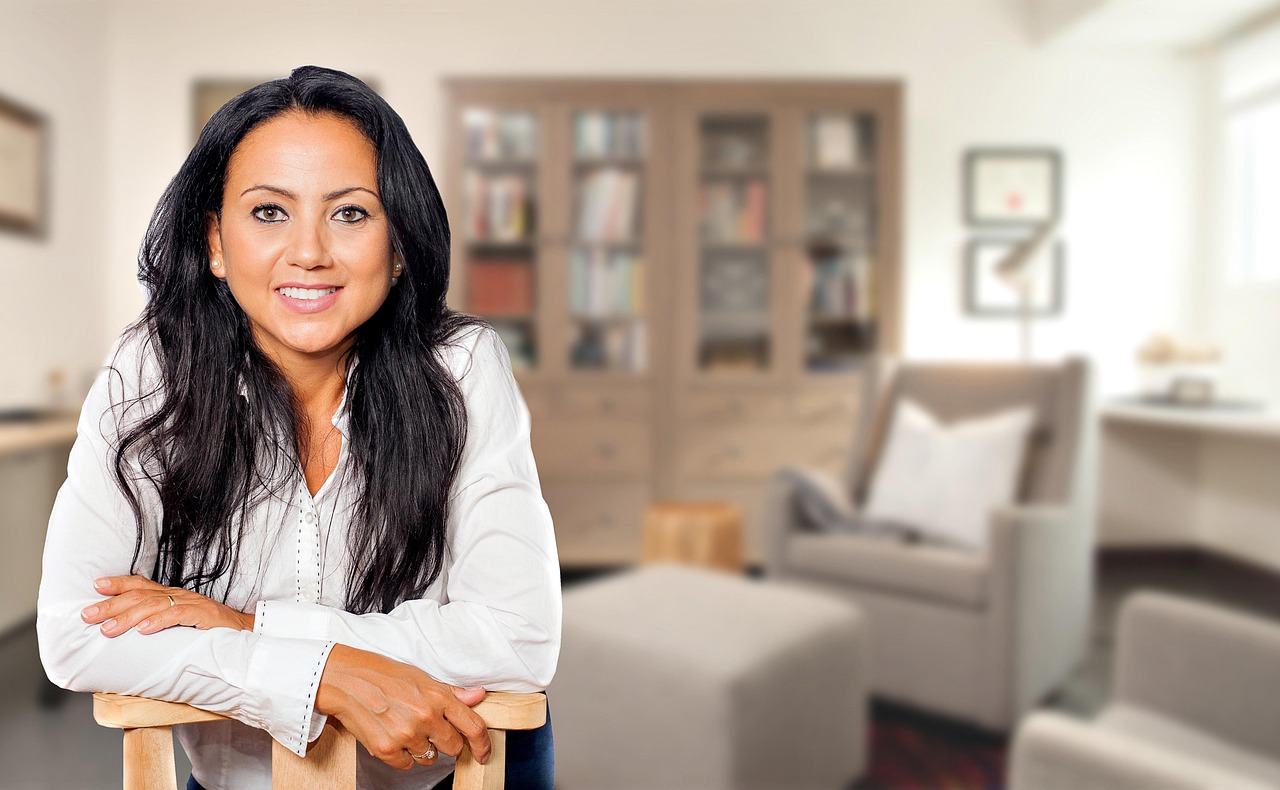Platelet-Rich Plasma (PRP) Injections in the USA

Introduction & Essence of PRP
Platelet-Rich Plasma (PRP) injections and therapy is a regenerative medicine technique that amplifies the natural healing properties of your own blood for chronic joint pain and injuries.
By concentrating platelets—cells laden with growth factors, bioactive molecules, and clotting mediators—we can potentially enhance the local tissue environment where you desire additional support. PRP is an autologous process, meaning the material comes directly from your own body, thereby reducing rejection risks or major side effects. While PRP is not a cure-all, individuals seeking to bolster their body’s innate repair mechanisms or mitigate everyday discomfort often find it an attractive, minimally invasive option that pairs effectively with lifestyle changes and possibly other therapies.
Recommended Regiment & (PRP) Protocol

While some individuals opt for a single injection of PRP to see how their body responds, a protocol of three treatments spaced 2–4 weeks apart often yields more comprehensive benefits. This regimen allows time for each injection to prompt a localized response, initiating tissue adaptation and immune-mediated changes before the next dose reinforces these gains.
Spacing the sessions roughly 2–4 weeks apart can help sustain a robust local “immune response,” giving your body repeated cues to continue or amplify its natural remodeling efforts. After the initial series, some patients schedule periodic maintenance injections—every few months or annually—if they find the effect helpful. Nonetheless, we tailor the final number of sessions to your symptoms and progress: if you experience significant improvements after just one or two rounds, we might pause further injections and simply monitor results. Conversely, more extensive discomfort or historical injuries might justify additional sessions. Contact us to learn more.

Procedure & PRP Aftercare
A standard PRP treatment session typically takes 30–45 minutes. We begin by cleansing and numbing (if necessary) the target area, then administering the PRP solution with a fine needle. Mild soreness or a sense of fullness often follows as the platelets start to integrate and signal local cells. We usually suggest avoiding intense exercise for a day or two to let the area settle, though gentle movement can aid circulation.
If you plan multiple sessions, we’ll coordinate your schedule to maintain the recommended 2–4-week interval. Between treatments, we monitor progress—asking about pain levels, range of motion, and any functional improvements—to refine your plan as needed.
How PRP Fits with Other Therapies

Although PRP can be used standalone, pairing it with physical therapy, load management (like reducing excessive high-impact activities), or specific strengthening exercises tends to amplify outcomes. If an injury involves a tendon, strategic rehab helps ensure you’re not re-aggravating the site.
Some individuals also combine PRP with other regenerative modalities—like Wharton’s Jelly or peptide therapy—to create a synergistic environment. Nutrition, sleep quality, and mindful stress reduction round out the approach, since overall health strongly influences tissue repair rates.

Safety & Potential Side Effects
Because PRP is autologous, severe complications—like infection or allergic reactions—are rare but still possible if sterility lapses occur. Most people experience mild swelling or temporary discomfort post-injection, typically subsiding within a few days. Bruising at the draw or injection site can happen. We monitor for any unusual or persistent pain that might indicate an excessive inflammatory reaction, but such events are uncommon. If you have significant concerns about bleeding tendencies (e.g., use of anticoagulants), we clarify those issues beforehand to minimize risk.
Expected Timeline & Results

With the 3-injection protocol spaced over 6–12 weeks, improvements can stack up, leading to more noticeable changes in daily comfort or activity tolerance. If, after the series, progress is minimal, we can revisit the diagnosis or incorporate additional interventions. On the other hand, if results are positive, you might schedule annual or semi-annual booster injections to maintain momentum, depending on lifestyle demands.
PRP’s influence unfolds gradually. Some patients note subtle relief within the first week, while others may need a few weeks—especially if underlying conditions are chronic.


Conclusion
Platelet-Rich Plasma (PRP) therapy harnesses the body’s self-repair abilities by concentrating and reintroducing platelets to areas that need extra support. While single injections can suffice for mild cases, a 3-treatment protocol spaced 2–4 weeks apart often stimulates a more robust immune and tissue-remodeling response, optimizing the potential benefits.
It’s neither an instant remedy nor a replacement for physical rehabilitation, but rather a targeted adjunct that can foster resilience in soft tissues and joints. Whether you aim to address everyday joint aches or hope to expedite recovery from minor strains, PRP offers a natural, low-risk avenue for reinforcing your body’s healing capacity—especially when integrated into a holistic plan that includes exercise, proper nutrition, and balanced rest.
So are you ready to discuss therapy with a free consultation?